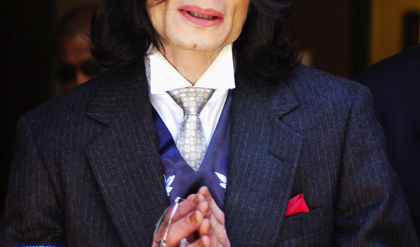Ice Baths Might Be Hurting Your Recovery, Exercise Scientist Cautions

Ice baths are a hot new trend – pun intended. Just a little while ago Andrew Huberman shifted gears by endorsing Morozko Forge’s luxury ice baths, priced between $20,000 and $29,900. This marks a stark departure from his earlier guidance, which emphasized gradual, cost-effective methods like cold showers or outdoor exposure for cold therapy. The brand has, of course, had Joe Rogan be their most significant promoter in the past. But despite the health conscious influencers they hire – ice baths might actually be detrimental to your recovery.
Why Ice Baths Fall Short
:max_bytes(150000):strip_icc()/GettyImages-1595492534-60668d30d93d4022914f2de3d8da3747.jpg)
Dr. Mike Israetel challenges the prevailing notion that cold therapy accelerates recovery in appearance on Chris Williamson podcast. While ice baths can temporarily reduce soreness and inflammation, this relief comes at a cost. He likens the body’s recovery process to flood restoration in a house—temporary fixes like blocking water might stop the immediate damage but ultimately hinder the deeper repairs needed.
“Cold exposure and contrast therapy cool off your inflammatory system,” he explains. “But under the hood, there’s no recovery going on—actually less.” Inflammation, often dismissed as harmful, plays a critical role in muscle repair and growth. By suppressing it prematurely, cold therapy may delay the natural healing process, potentially limiting muscle adaptation and growth.

NSAIDs
Israetel extends his critique to other popular recovery aids, including NSAIDs like aspirin and marketed recovery supplements. NSAIDs, he argues, follow the same principle as cold therapy: they alleviate discomfort but interfere with the body’s necessary inflammatory response. Research backs this up, showing that both NSAIDs and cold therapy can reduce muscle growth potential.
As for recovery supplements, Israetel’s skepticism is pointed. He estimates that 95% of products marketed for recovery lack scientific backing. Protein and carbohydrate shakes are among the few exceptions, but even these are simply convenient forms of food. Beyond these basics, he dismisses most recovery products as marketing hype, with little to no measurable benefit for muscle repair.

Let Your Body Heal
In stark contrast to the complex, expensive recovery methods often promoted in fitness culture, Israetel’s advice is refreshingly straightforward: “The best thing if you have sore muscles? Sleep, eat, chill the f*** out, and wait.” This natural approach allows the body’s inflammatory processes to complete their work, leading to stronger and more resilient muscles over time.
Israetel emphasizes patience and consistency over quick fixes. While hydration and electrolytes can be valuable during intense training or same-day sessions, they’re not miracle solutions for everyday recovery. Likewise, recovery is not about masking discomfort but addressing the root causes through rest, proper nutrition, and time.
The takeaway? Don’t overthink recovery. A solid night’s sleep, balanced meals, and a relaxed approach to downtime are more effective than any ice bath or trendy recovery gadget. Sometimes, the most profound solutions are the simplest.





